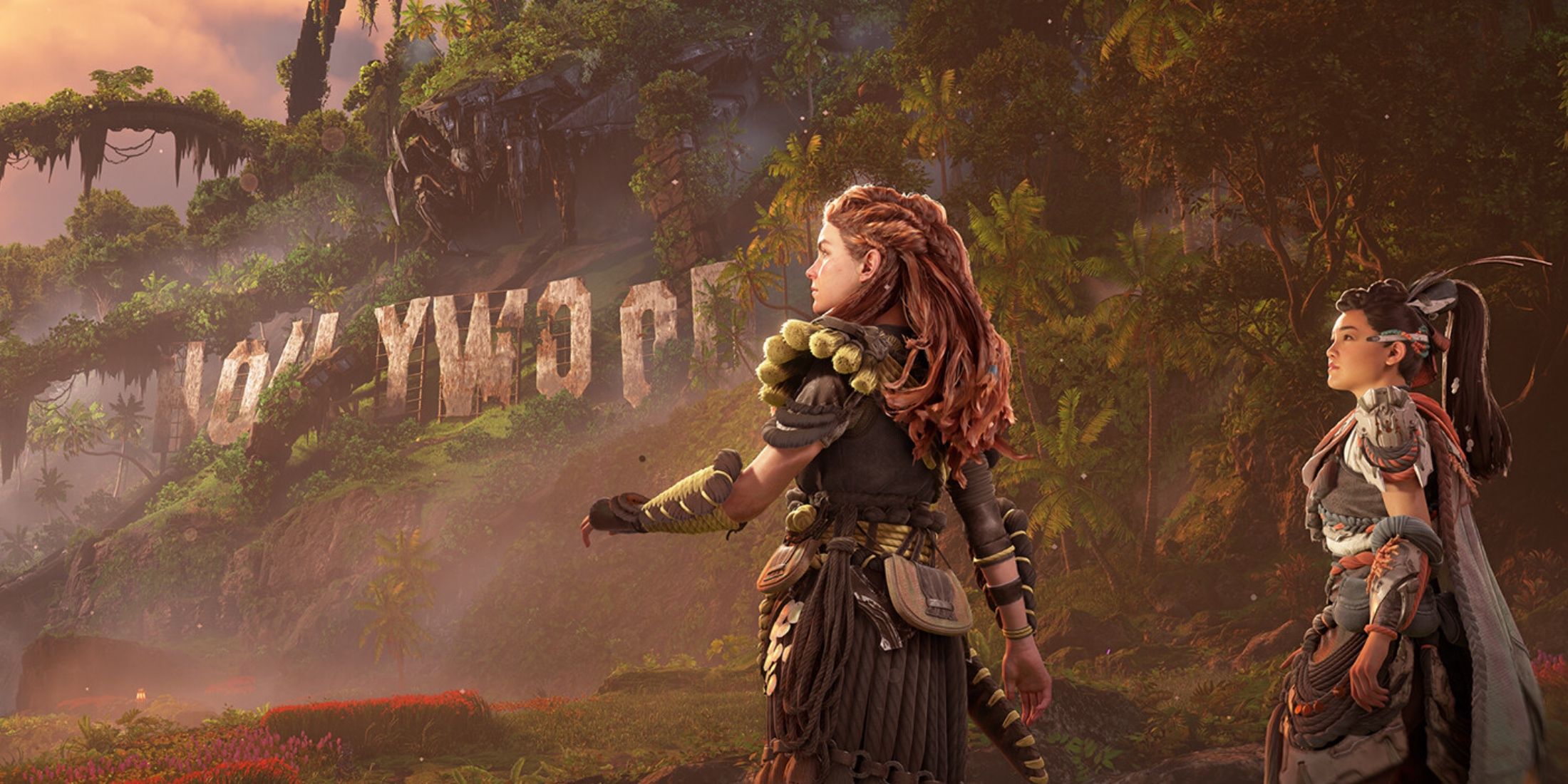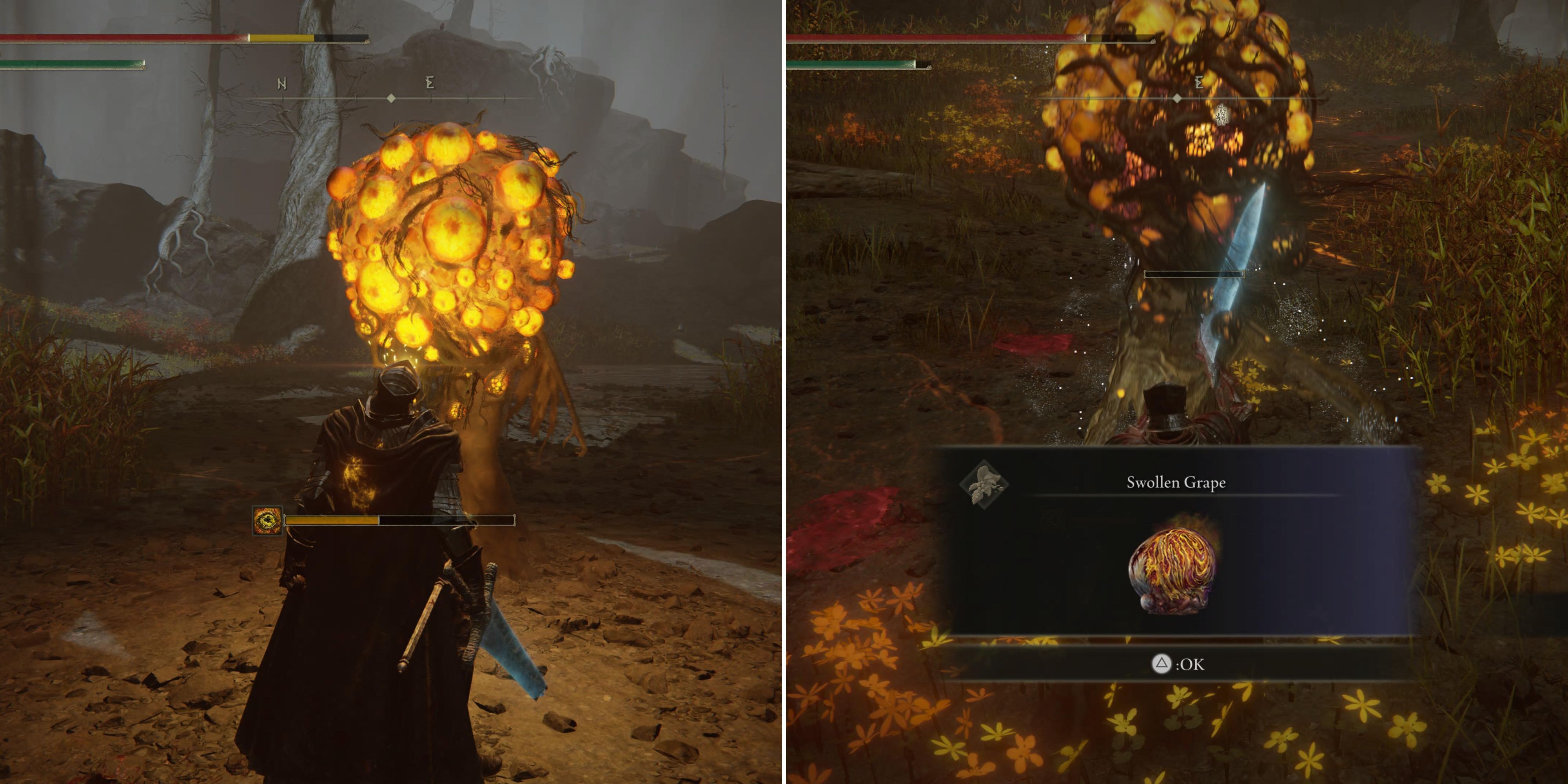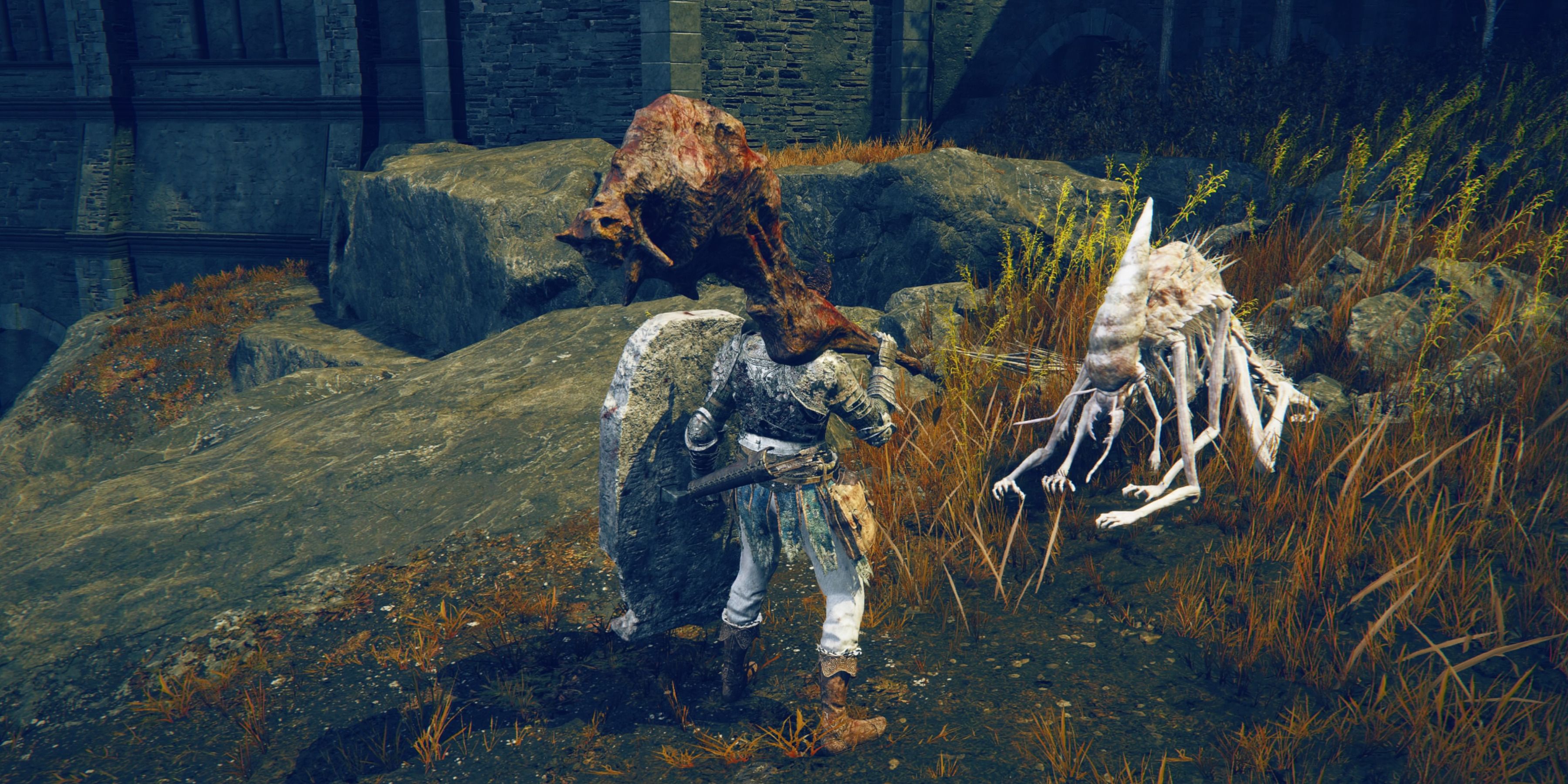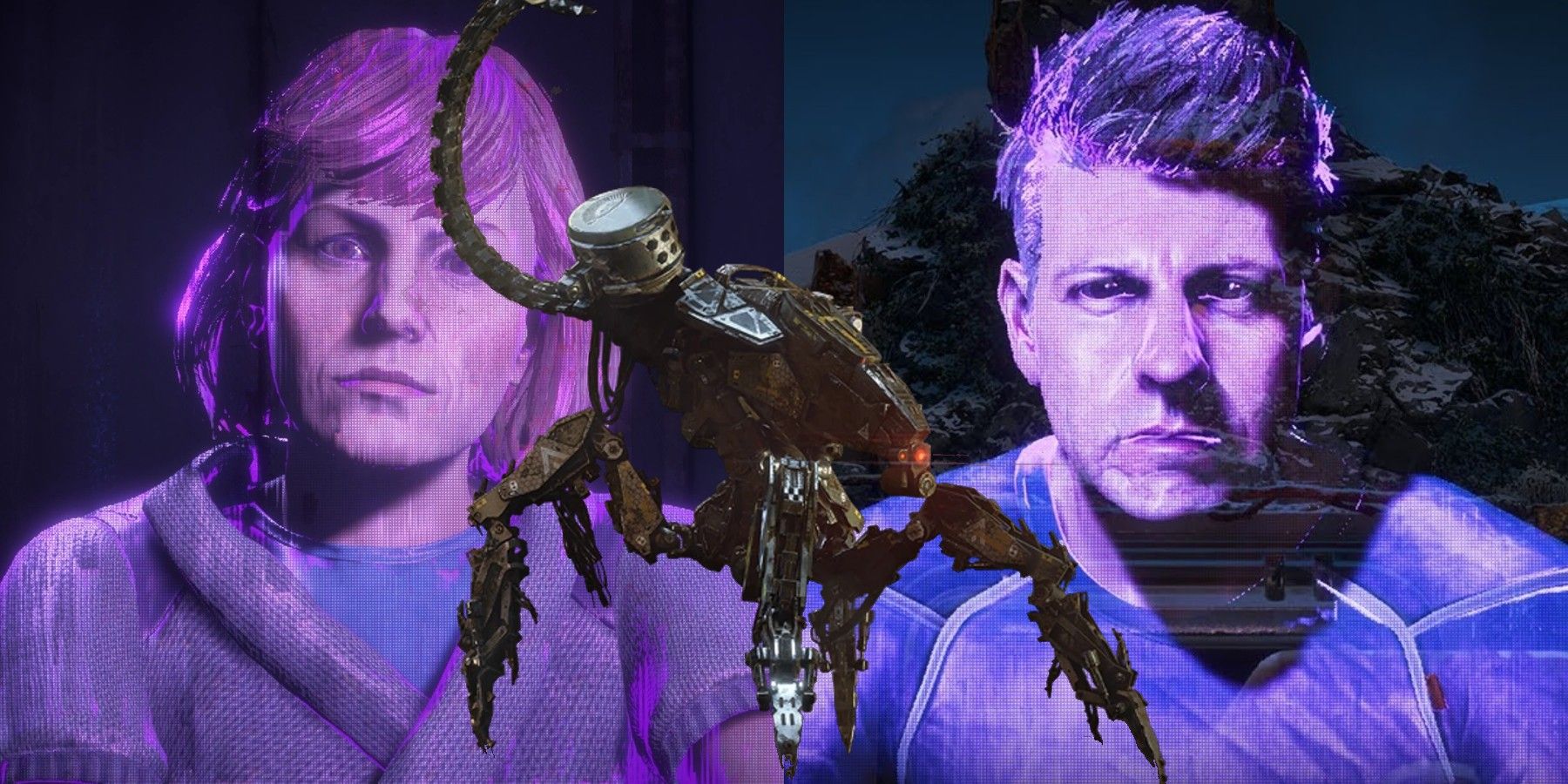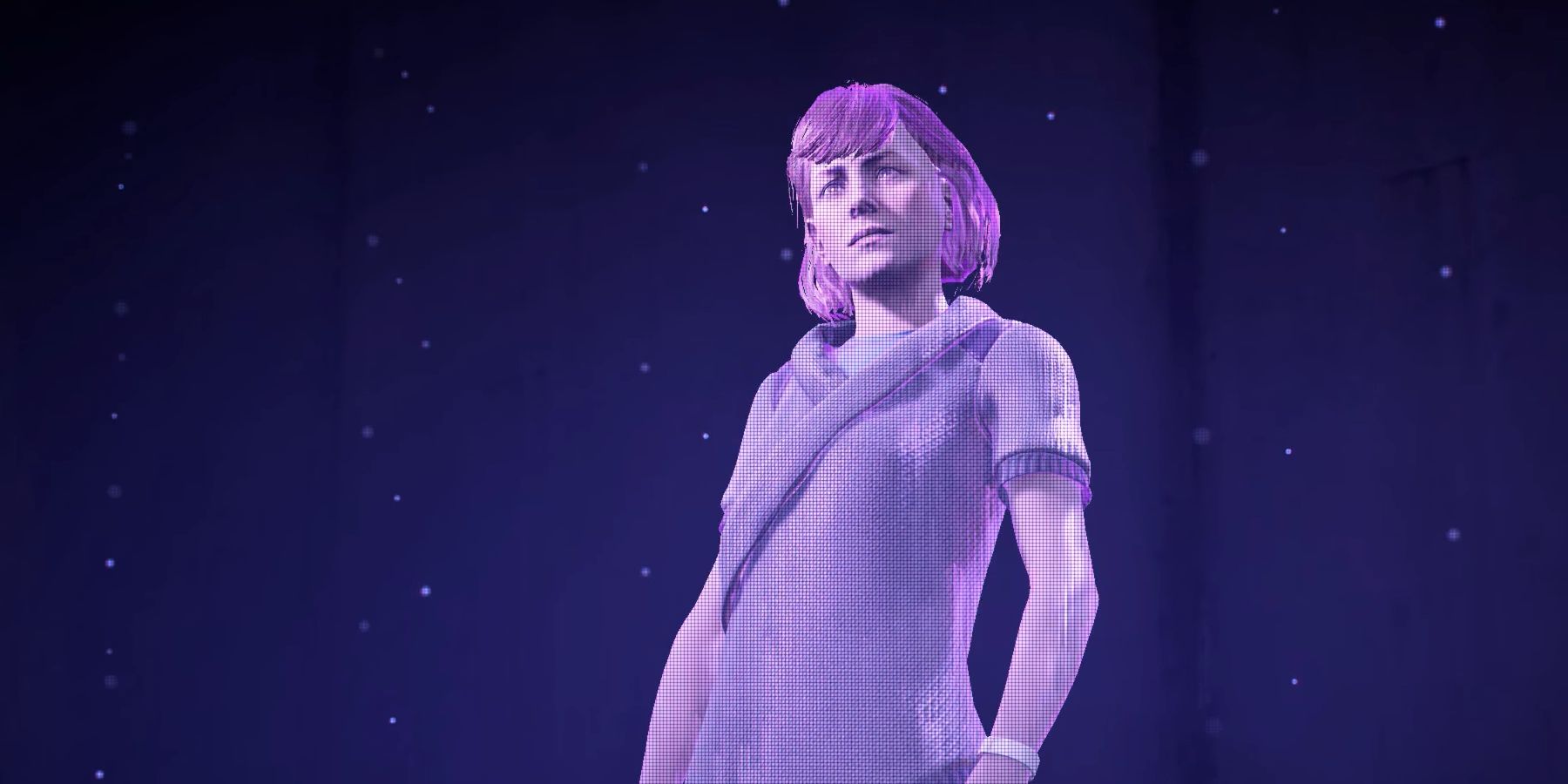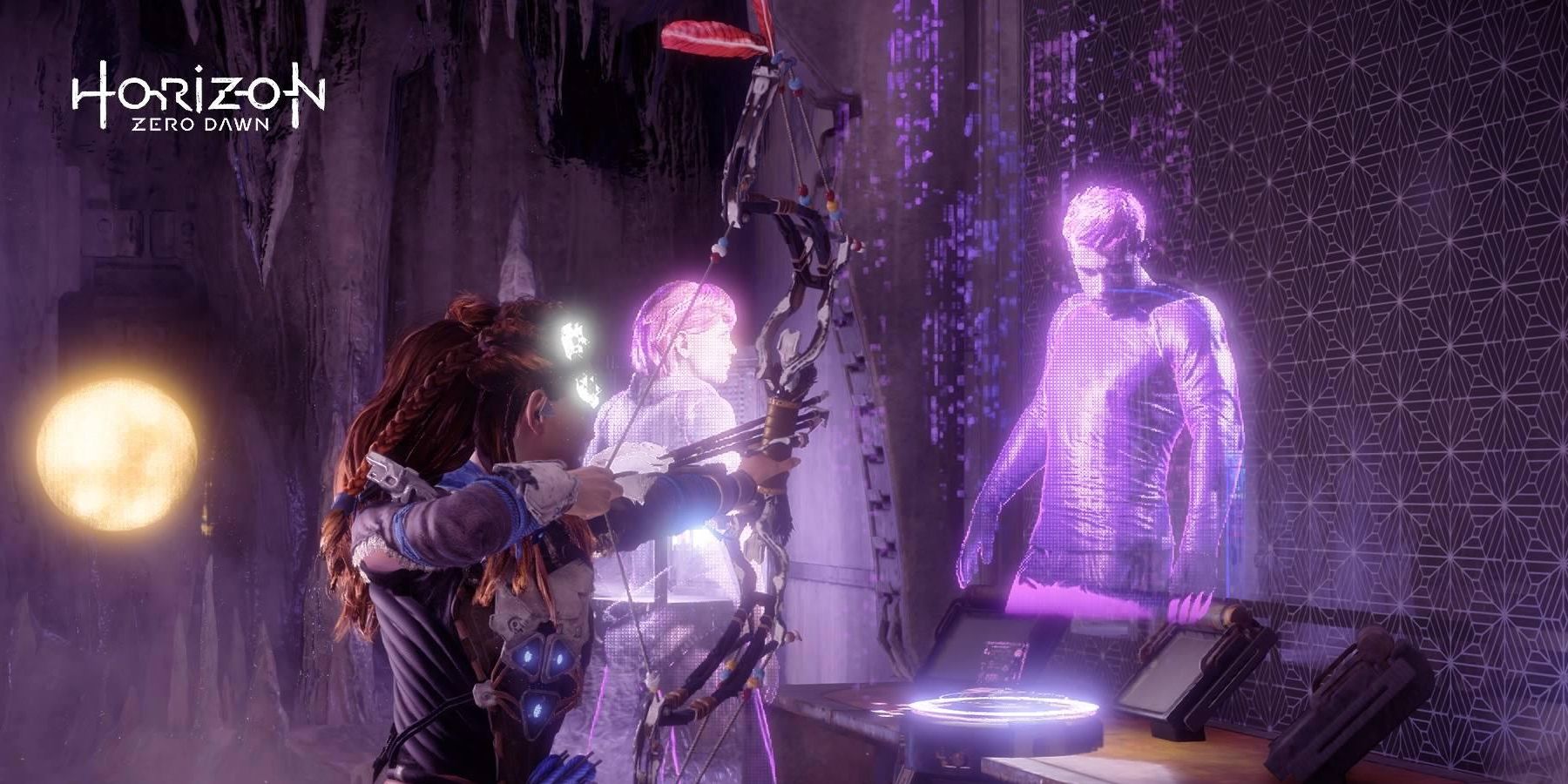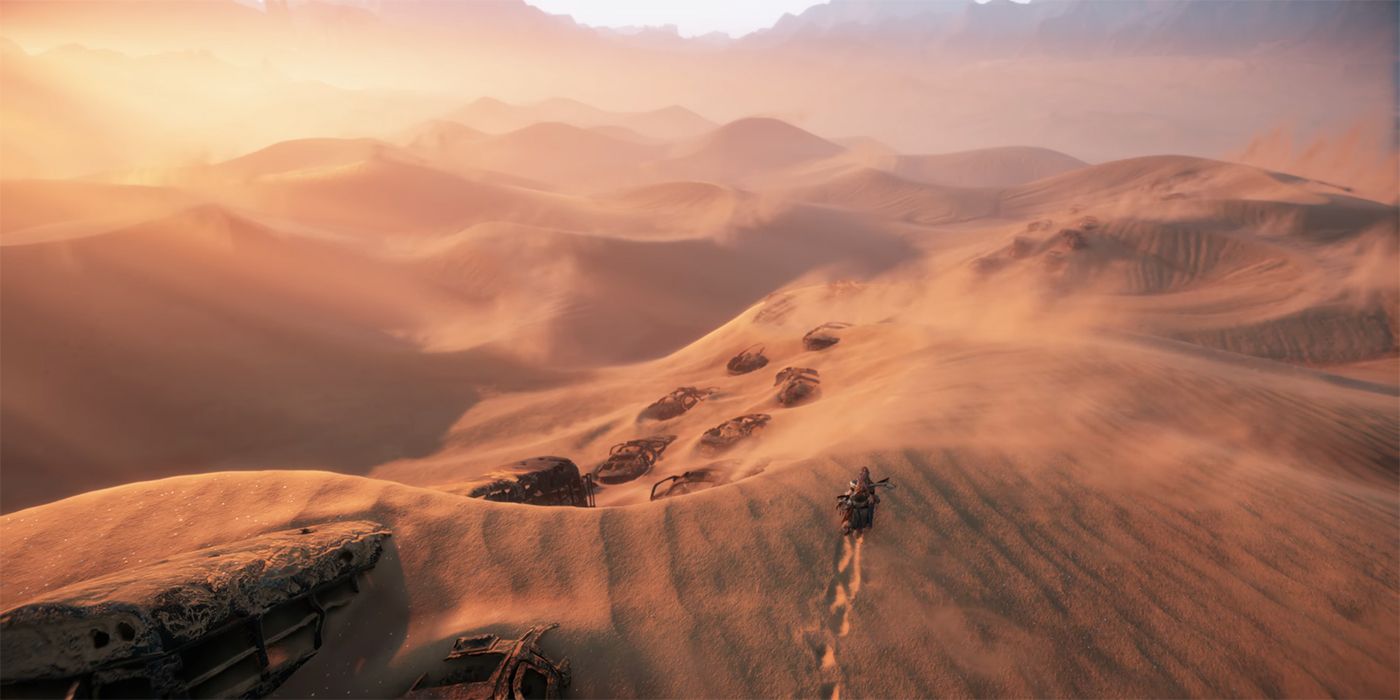When it comes to genres and influences, Guerrilla Games’ Horizon Forbidden West is something of a melting pot. Everything from high-fantasy themes and visuals to near-future robots and science-fiction tropes are all blended together seamlessly within the action-RPG. Even aspects of the real-world’s ancient mythologies and religions crop up from time-to-time during Aloy’s quest to save the biosphere.
While references to stories from ancient Greece often take center stage within Horizon Forbidden West, it’s far from the only mythology to make a prominent impact on the game. Its footprints tend to be slightly more subtle, but ancient Egyptian mythology has also clearly been a big influence on Guerrilla Games' vision. So much so that fans of the PS4 and PS5 title might be surprised to learn just how deep the connection goes.
Dr. Elisabet Sobeck
Out of all the references to the world's mythologies that Guerrilla Games has managed to insert into the Horizon Forbidden West, the ones that are tied to Dr. Elisabet Sobeck are arguably the most prominent. Almost every aspect of Aloy and Beta’s genetic ancestor’s characterization is linked in some way to Earth’s ancient past. Most notably though, her surname is a direct reference to ancient Egypt. While the spelling has been modernized slightly, Sobeck is meant to invoke the Egyptian god Sobek.
Guerrilla’s attempts to link the character to the past go even deeper than her name, though. Despite Sobek often being portrayed in ancient Egyptian mythology as a male crocodile, the key aspects of the character still translate remarkably well to Elisabet. Beyond often being given the title of a god of war, the ancient reptile is also described as having dominion over power and fertility. Considering the role that Elisabet played in creating the Zero Dawn project, a failsafe designed in-part to repopulate the Earth, the connections are remarkably apt.
The fact that Elisabet is also a reference to the Hebrew word Elisheva strengthens the connection between the character, ancient world, and the concept of fertility. In the Old Testament for example, Elisheva was an important character with familial connections to Moses. Beyond being related to a character embedded within the ancient stories of Egypt, Elisheva was also said to have been buried in the Tomb of the Matriarchs. Conceptually at least, that moniker could be applied to the Zero Dawn facility where the world was reborn.
It can also be argued that Elisabet’s crowning achievement is connected to ancient Egypt more directly than that. While the likes of GAIA and her subordinate functions are obviously references to Greek and Roman mythology, the concept behind Zero Dawn is actually far more Egyptian in origin. Despite only being mentioned briefly within the restored stories of ancient Egyptian mythology, the idea of life being reborn after the apocalypse is believed to have been a cherished concept among many of the religion’s followers.
Ted Faro
Horizon Forbidden West’s connections to ancient Egyptian history don’t stop with Elisabet or the Zero Dawn project, as one of the game’s villains has arguably been influenced by the past even more overtly. Ted Faro, the man who’s partly to blame for the current state of the Horizon universe, has been molded around Egypt on multiple fronts by Guerrilla Games. It might be more obvious when it’s said out loud, but Faro is a homophone of Pharaoh. The word used to describe the ruling classes of the region by the ancient Greeks toward the end of the religion’s prominence.
Perhaps being inspired by his own surname, Ted Faro embedded his connection to ancient Egypt within his work. Each of the three Chariot class machines that eventually ran rampant during the Faro Plague’s annihilation of all life on Earth, were named after figures and concepts from Egyptian mythology. The Corruptors Aloy fights throughout Horizon Zero Dawn and on occasion in Forbidden West for example, were actually named Scarabs back in Ted’s heyday. Even further back in ancient Egypt, scarabs were beetle shaped pieces of jewelry.
Similarly, the larger Deathbringers that featured in Horizon Zero Dawn’s story were labeled as Khopesh by Faro Automated Solutions during the 21st century. In ancient Egypt, though, Khopeshes were sickle shaped swords used in battles and by the ruling classes up until 1300 BC. The machines that the present-day people of the Horizon universe refer to as Metal Devils were also designated as Horus class machines when they first went on their replicating rampages. Fittingly, in Egyptian mythology, Horus was a deity famous for being able to self-heal and unify his followers in a similar manner.
Horizon’s Egyptian Locations
Beyond the occasional character-based reference to ancient Egyptian mythology, the world of Horizon Forbidden West has been shaped by the religion as well. Even though they only share a few features in common from a geographical perspective, the Forbidden West itself can be viewed as a reference to Egypt. Back when Egyptian mythology was at its most prevalent, several of its stories took place within the Western Highlands - a terrifying land where the sun set each night and the dead were said to roam. Beyond having comparable names, the Carja fear the Tenakth of the Forbidden West on a similar level. This suggests the parallels are subtle, yet deliberate.
On a more tangible level, Ted Faro’s Thebes bunker incorporates elements of Egyptian mythology as well. For starters, in real-world Egypt and its ancient stories, Thebes was a prosperous mining city. Considering how Faro’s titular plague effectively stripped the planet of all of its resources, the comparisons on Guerrilla Games' part are apt. From a design perspective, Horizon Forbidden West’s Thebes has taken more direct cues from the ancient one. Beyond being shaped conceptually like a pyramid, the bunker is also packed with Egyptian iconography as well as artifacts directly from the past.
Horizon Forbidden West is available now on PS4 and PS5.

